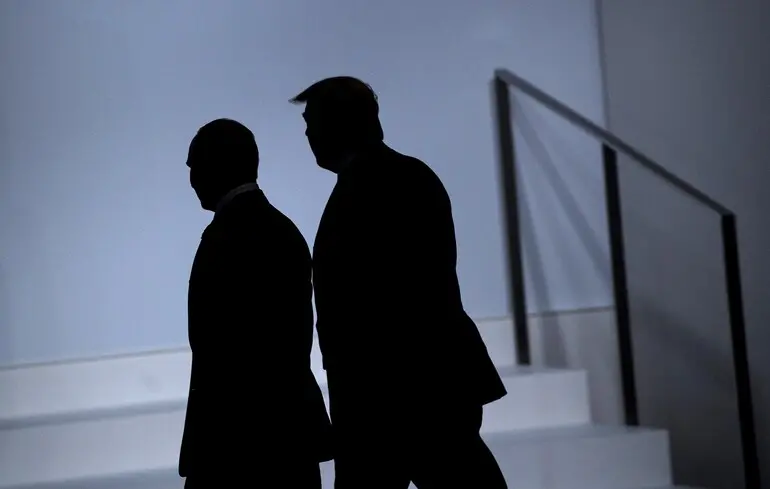What Trump Must Remember Ahead of the Alaska Summit: Diplomatic Strategies and Lessons from History

In July 1953, as the Korean War was nearing its end with a ceasefire agreement imminent, then-President Dwight Eisenhower found himself unable to sleep.
He spent the entire night contemplating the horrors of war and listening to stories from trusted aides, including a shocking tale from a Soviet general who claimed to have personally cleared minefields — passing through them with troops rather than mine-clearing efforts.
This historical episode highlights the importance of strategic diplomacy and leadership, lessons that resonate today as President Donald Trump prepares for his upcoming summit with Vladimir Putin in Alaska.
What should he keep in mind to navigate this critical meeting effectively?Expectations for the August 15 meeting in Anchorage remain modest.
The White House emphasizes that this will be a preliminary encounter, with Trump calling it a “getting acquainted” session, and his spokesperson describing it as only “a listening exercise.” However, analysts suggest that Trump might approach this summit with more assertiveness rather than passivity.
According to David Ignatius, the U.S.
leader plans to present Putin with clear terms for an agreement, possibly trading territory for peace — a proposition that has both historical echoes and contemporary significance.Key discussion points include how much territory might be exchanged, the conditions for long-lasting peace, and whether Putin is willing to accept such terms.
If Russia refuses, it will test Trump’s patience and resolve, especially as sanctions loom.
The legislative groundwork in Congress already supports strong measures against Russia, and Trump must demonstrate his willingness to act if needed.For Ukraine, this summit might mark a pivotal moment: whether Kyiv can retain control over its territory or be forced into concessions.
The primary concern is security guarantees post-agreement.
Europe promises to bolster Ukraine’s defense with weapons and training, but expects the U.S.
to monitor compliance through satellite surveillance and other means.Historically, some compare the upcoming talks to the Munich Agreement of 1938, a pact that led to the further annexation of Czechoslovakia, while others warn of a potential new division of Europe reminiscent of Yalta.
These risks are real, yet parallels can also be drawn from Eisenhower’s efforts to end the Korean conflict: he used military threats, diplomatic pressure, and alliances to facilitate an armistice, emphasizing that military victory is often not achievable through force alone.Ukraine needs a fair and sustainable peace, and Trump’s approach must balance diplomatic firmness with realistic expectations.
The ultimate goal is an agreement that recognizes Ukraine’s sovereignty and security, rather than one that merely consolidates Russian gains.
The coming summit is a test for diplomatic acumen, with the shadow of history reminding us of the costs of missed opportunities.

